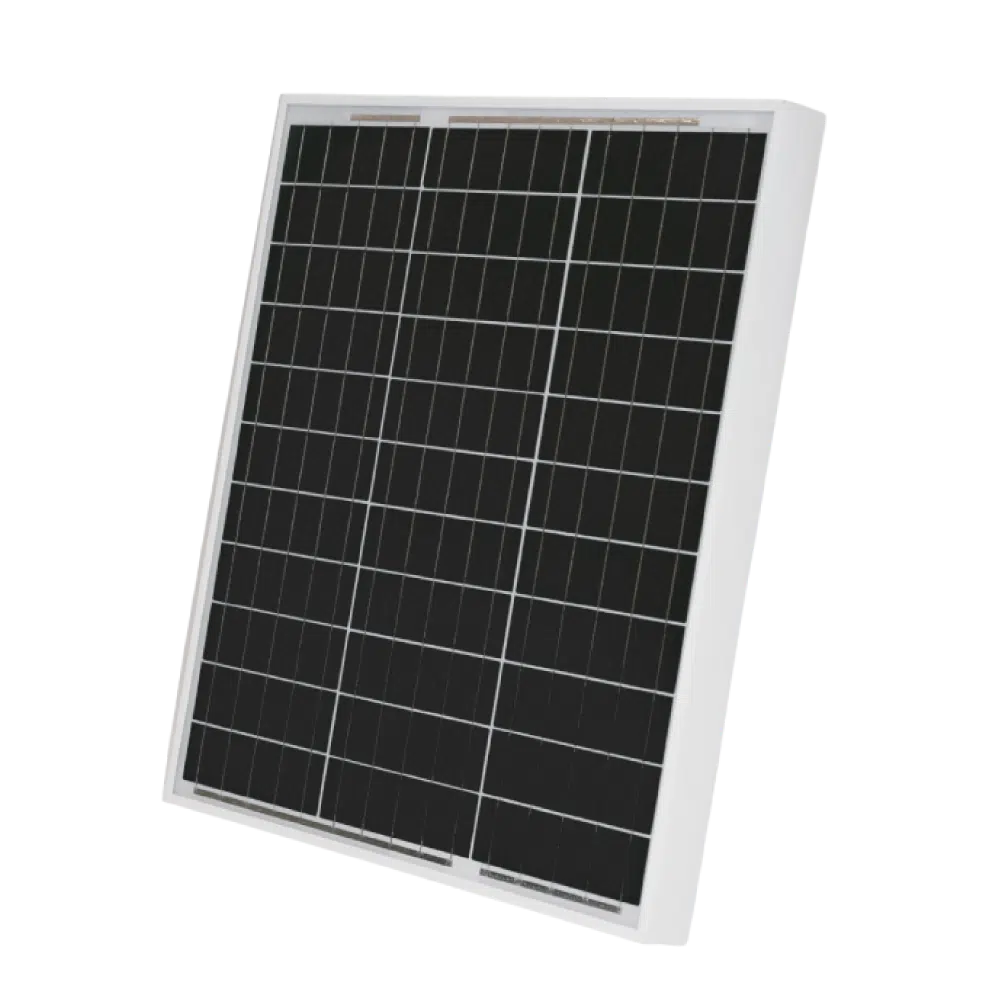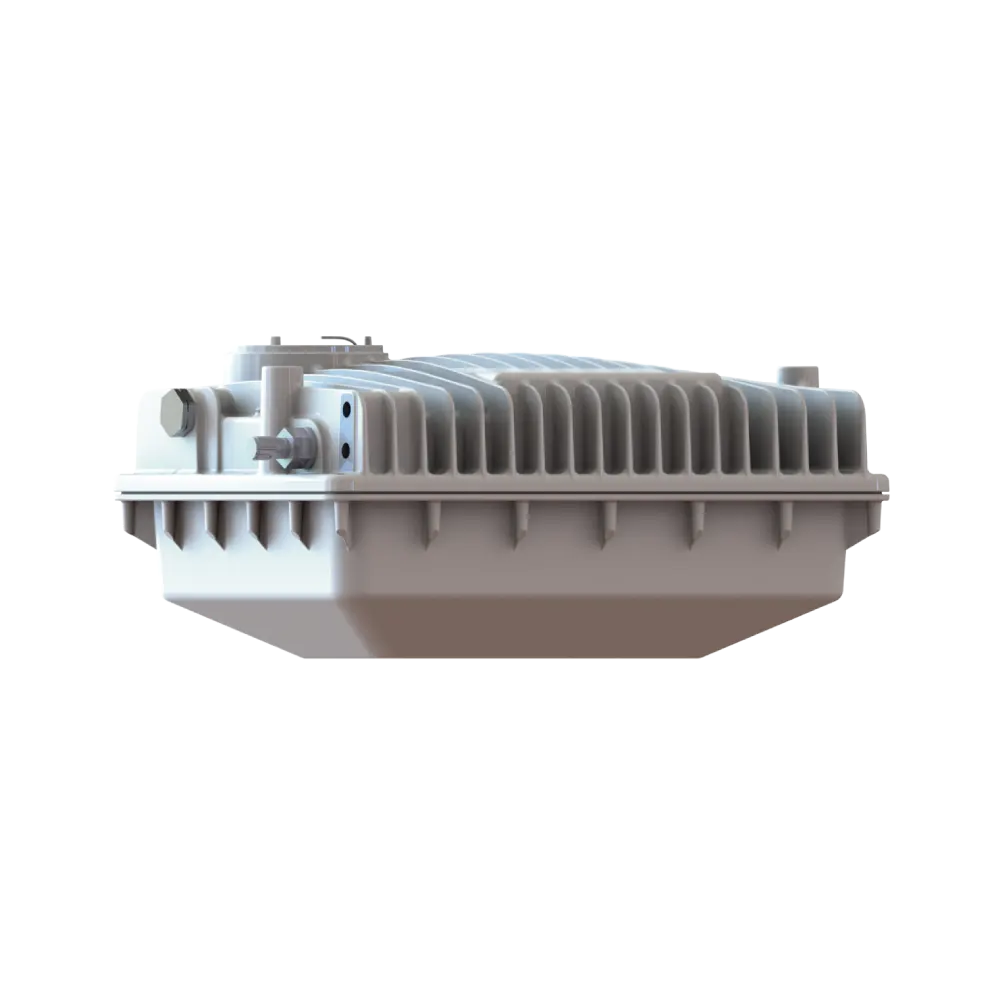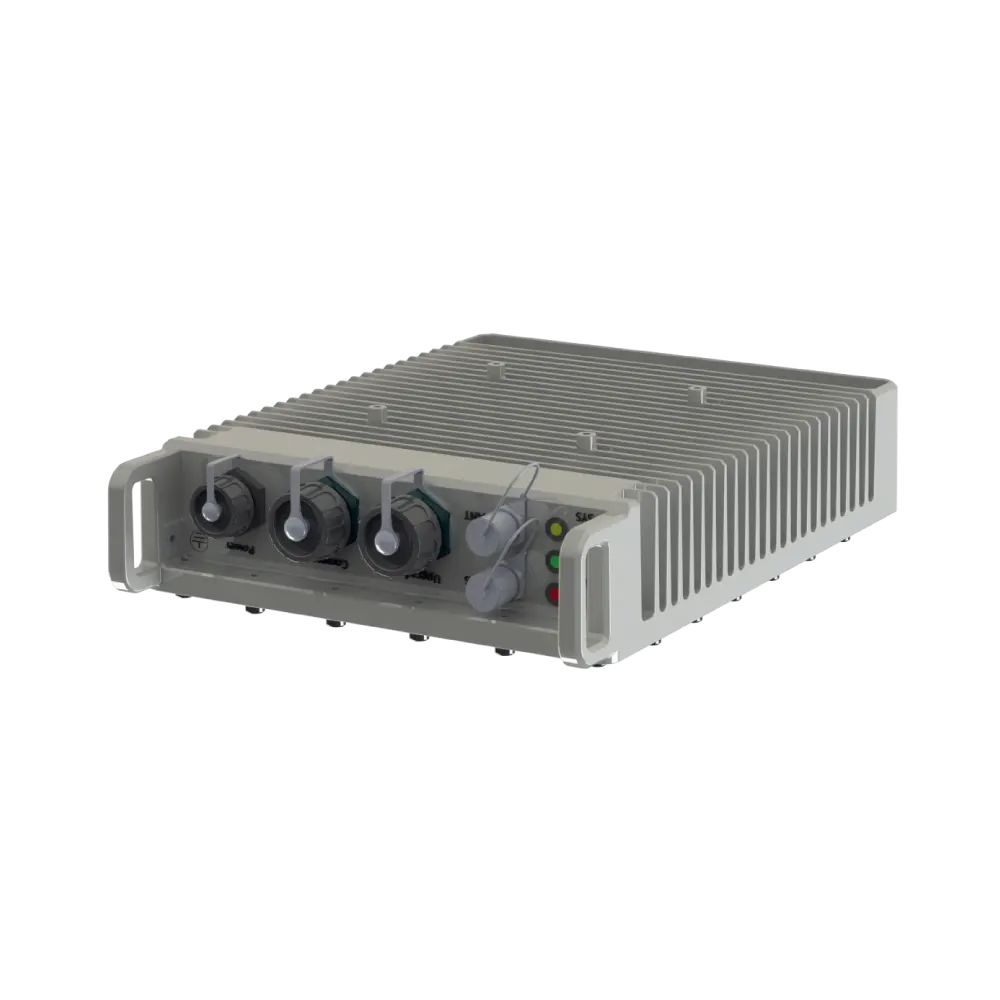Works Best for
The KONA Mega IoT Gateway is ideal for network operators seeking to deploy large-scale LoRaWAN® network. Carrier-grade design accommodates deployment on any tower or network infrastructure without sacrificing reliability and performance. KONA Mega is designed to enhance coverage and capacity while minimizing total cost of ownership (TCO).
key verticals
kona mega benefits
Massive Scalability
The KONA Mega IoT Gateway supports up to 12 million messages per day, enabling network operators to handle large-scale IoT deployments without compromising performance.
Lightning Protection
The gateway is equipped with lightning arresters protecting against electrical surges caused by lightning strikes so the device can operate at peak performance even in turbulent conditions.
Addressing Challenges in Deploying Large-Scale IoT
By providing a cost-effective and scalable solution, the KONA Mega IoT Gateway enables reliable connectivity for various industries and applications, helping organizations unlock the full potential of IoT technology.
01
01

Why Choose
TEKTELIC Devices
TEKTELIC offers top-of-the-line LoRaWAN® gateways, sensors, and custom applications. These products, when combined, create a robust end-to-end solution that can be deployed efficiently and cost-effectively to tackle even the most complex IoT challenges.
01
01



















